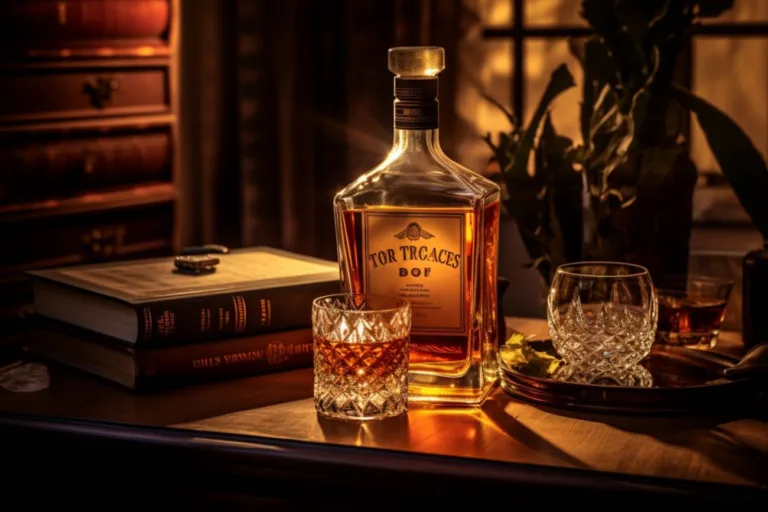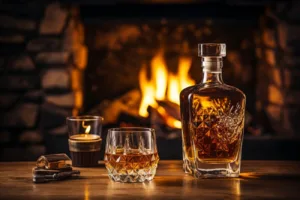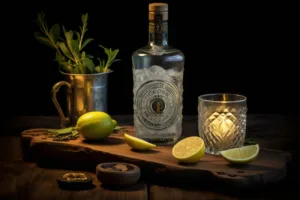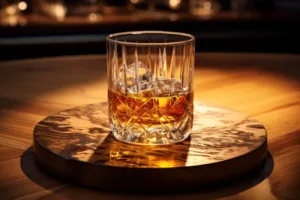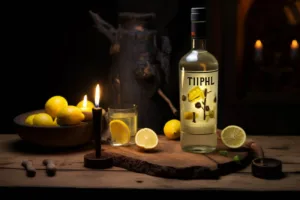Welcome to our comprehensive guide to Buffalo Trace Whisky. In this article, we will explore the rich history, production process, and unique characteristics of Buffalo Trace Whisky. Whether you’re a seasoned whisky enthusiast or just starting your whisky journey, this article will provide you with valuable insights into this iconic brand.
The history of buffalo trace whisky
Buffalo Trace Whisky has a storied history that dates back to the late 18th century. The distillery, located in Frankfort, Kentucky, has a legacy that spans over two centuries. It was originally known as the O.F.C. Distillery, named after its founder, George T. Stagg. Over the years, the distillery underwent several name changes, but it finally became Buffalo Trace in 1999.
During Prohibition, Buffalo Trace was one of the few distilleries in the United States that was allowed to continue producing whisky for medicinal purposes. This allowed the distillery to survive the challenging times and maintain its tradition of crafting exceptional spirits.
Production process
What sets Buffalo Trace Whisky apart is its meticulous production process. The distillery uses a mash bill that includes corn, rye, and barley, creating a unique flavor profile. The whisky is aged in new, charred oak barrels, contributing to its distinct taste and color.
Buffalo Trace Whisky is renowned for its Single Barrel and Small Batch expressions. Single Barrel means each bottle is drawn from a single aging barrel, resulting in subtle variations between bottles. Small Batch, on the other hand, is a blend of a select few barrels, carefully chosen to create a balanced and complex flavor profile.
The aging process in Buffalo Trace’s warehouses, where the whisky is exposed to the extremes of Kentucky’s climate, plays a crucial role in its maturation. This interaction with the barrels and the environment imparts unique characteristics to the whisky.
Signature flavors
Buffalo Trace Whisky is celebrated for its rich and complex flavors. Tasting notes often include hints of caramel, vanilla, and toffee, balanced with the spiciness of rye. Each expression, whether it’s the classic Buffalo Trace Bourbon or the premium Pappy Van Winkle’s Family Reserve, offers a distinctive tasting experience.
Connoisseurs appreciate the smoothness and depth of Buffalo Trace Whisky, making it a favorite for sipping neat or crafting exceptional cocktails.
Visiting buffalo trace distillery
If you’re ever in Kentucky, a visit to the Buffalo Trace Distillery is a must for whisky enthusiasts. The distillery offers guided tours where you can explore the historic grounds, learn about the whisky-making process, and even sample some of their finest products. It’s an immersive experience that allows you to connect with the brand’s heritage.
Frequently asked questions
1. What is the history of Buffalo Trace Whisky?
Buffalo Trace Whisky has a history dating back to the late 18th century when it was founded by George T. Stagg. It survived Prohibition and has become an iconic American distillery.
2. What is the production process of Buffalo Trace Whisky?
The production process includes a unique mash bill of corn, rye, and barley, aging in new oak barrels, and exposure to Kentucky’s climate. This results in a distinctive flavor profile.
3. What are the signature flavors of Buffalo Trace Whisky?
Buffalo Trace Whisky is known for flavors such as caramel, vanilla, toffee, and the spiciness of rye, creating a smooth and complex taste.
4. Can I visit the Buffalo Trace Distillery?
Yes, Buffalo Trace Distillery offers guided tours for visitors to explore its history, production process, and enjoy tastings of their premium whiskies.
Buffalo Trace Whisky continues to captivate whisky enthusiasts with its rich heritage and exceptional craftsmanship. Whether you’re savoring it neat or mixing it into your favorite cocktails, the experience is always extraordinary. Explore the world of Buffalo Trace Whisky and discover why it’s a timeless favorite among whisky connoisseurs.
Vezi și:

